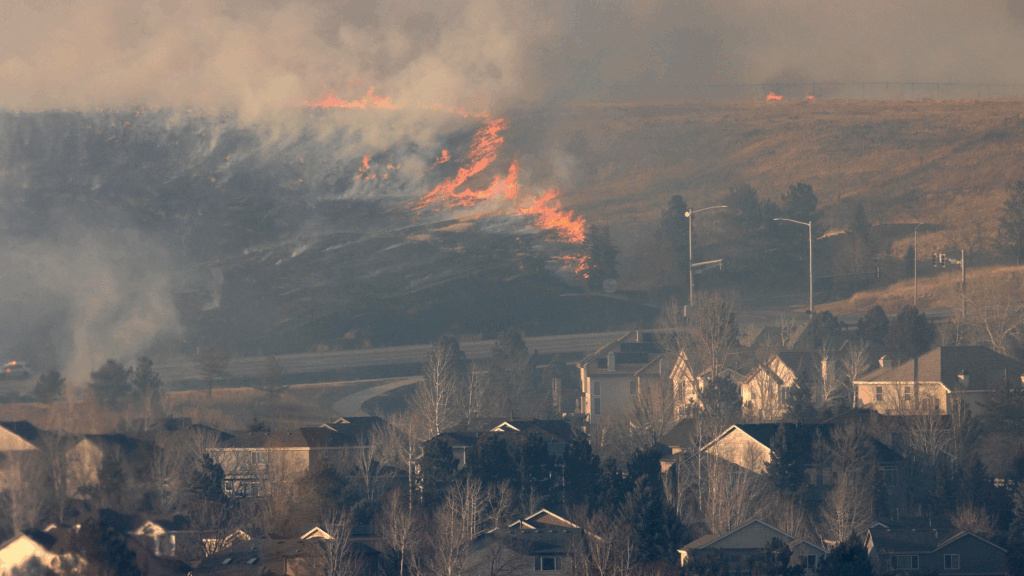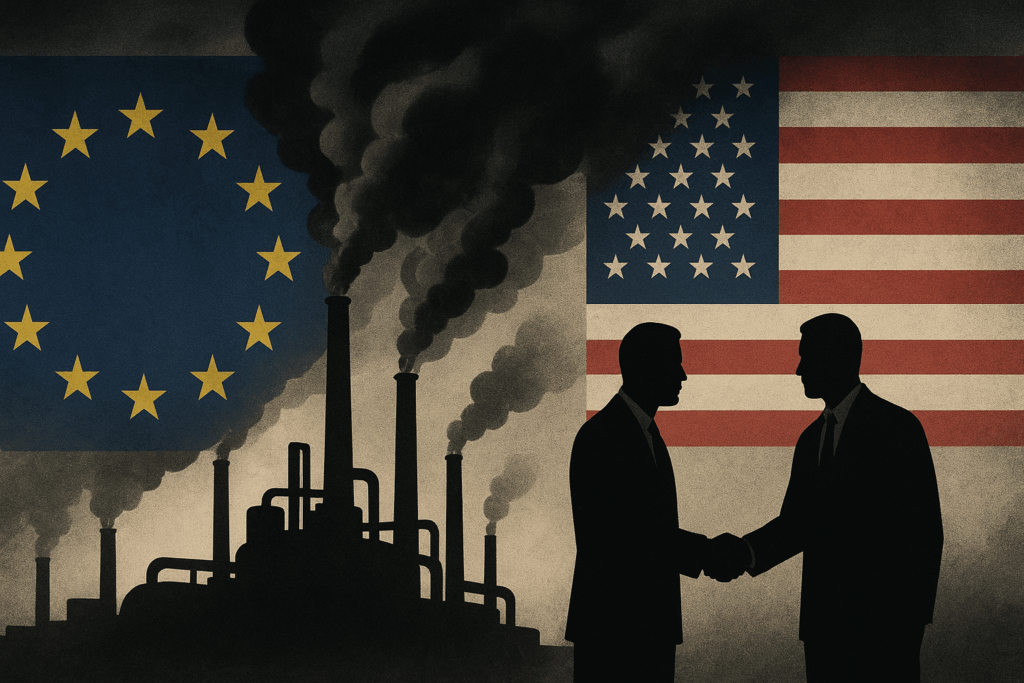Last week, the New York Times published a bombshell of an expose about the government’s woefully inadequate program to monitor and ensure the security and safety of American energy pipelines. I’ve spent a lot of time lately investigating the state of North American energy pipelines, and this is by far the best overview I’ve seen of the government’s feckless attempt to oversee the sprawling system and protect the public from spills, leaks, and explosions.
Reporters Dan Frosch and Janet Roberts dig into federal government records and safety documents and surface some truly startling findings. Like the fact that there are “still more than 100 significant spills each year.” (“Significant” spills being those that cause a fire, serious injury or death, or release over 2,100 gallons.)
Or that the Pipeline and Hazardous Materials Safety Administration only requires companies to focus their inspections on “the 44 percent of the nation’s land-based liquid pipelines that could affect high consequence areas — those near population centers or considered environmentally delicate — which leaves thousands of miles of lines loosely regulated and operating essentially on the honor system.” Or the fact that the agency doesn’t even employ as many inspectors as federal law demands.
It’s well worth reading the whole expose, but here’s the crucial takeaway:
The article is accompanied by a jaw dropping map of all the toxic spills from pipelines since 1990. Here’s a little taste of the heart of our nation’s energy pipeline system – around extraction hubs in Oklahoma and Texas and the refineries along the Gulf of Mexico – but you really must click through and take in the whole nation.
The writers also make the link to the controversial Keystone XL tar sands pipeline that would funnel volatile DilBit crude 1,700 miles across six Great Plains states, 1,904 waterways, and the nation’s largest freshwater aquifer (Ogallala).
Keystone XL, like the rest of the tar sands lines in the Keystone system and the tens of thousands of miles of crude pipelines that came before it, would rely largely on the self-policing that Frosch and Roberts prove has been terribly ineffective.
For all the discussion of “energy security,” there’s remarkably little talk of how much more “secure” our energy system would be if it had appropriate oversight and monitoring in line with the vast scale of the pipeline system. And for all the hollow talk of “job creation,” nobody mentions the number of safety workers that should be hired to keep this system running safely to protect the public.
Subscribe to our newsletter
Stay up to date with DeSmog news and alerts






